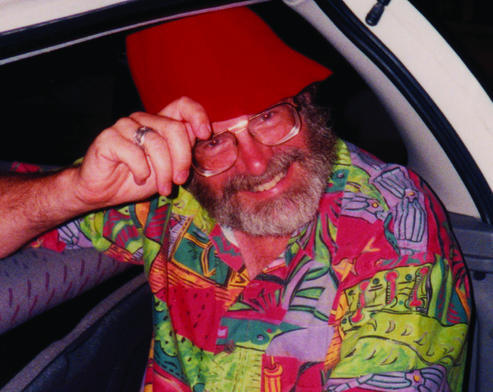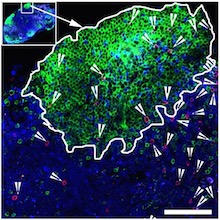A new study reports weakened antibody responses to COVID-19 mRNA vaccines among most patients with multiple myeloma, a form of bone-marrow cancer associated with an immunocompromised state.
The research, published in the journal Leukemia, was carried out at the Institute for Myeloma and Bone Cancer Research (IMBCR) in California, in collaboration with Emory infectious diseases fellow Samuel Stampfer, MD, PhD.
Patients with smoldering myeloma, not requiring treatment, all achieved a good response to COVID-19 vaccination, whereas less than half of patients with active myeloma requiring treatment did. Specifically, only 45 percent of active patients fully responded to the mRNA vaccines, whereas less than a quarter showed a partial response and one-third did not respond to the vaccines above background antibody levels.
Serum samples from 103 multiple myeloma patients were obtained prior to vaccination and 2-3 weeks after administration of the first and second vaccines, and compared to a group of age‑matched healthy controls. Predictors of reduced antibody responses to the vaccines included: older age, impaired renal function, low lymphocyte counts, reduced uninvolved antibody levels, past first line of treatment, and those not in complete remission. Nearly two-thirds of patients who received the Moderna vaccine responded to a level thought to be clinically significant, whereas only approximately a quarter who received the Pfizer vaccine did.
“Based on these data, myeloma patients may need to continue social distancing following COVID-19 vaccination, and postvaccine antibody tests may help guide decisions regarding supplementary vaccination or antibody prophylaxis for this vulnerable population,” says Stampfer, who co-designed the clinical study, under the guidance of senior author James Berenson, MD, the Scientific and Medical Director of IMBCR.
“This study highlights the importance of recognizing the limitations of current vaccination approaches to COVID-19 for immunocompromised patients, and that new approaches will have to be developed to improve their protection from this dangerous infection,” Berenson says. “It also suggests that there may be clinically significant differences in the effectiveness of different COVID-19 vaccines for immune compromised patients. Until these advances occur, it means that myeloma patients will need to remain very careful even if they have been vaccinated through wearing their masks and avoiding contact with unvaccinated individuals.”.







